ACL Sprains
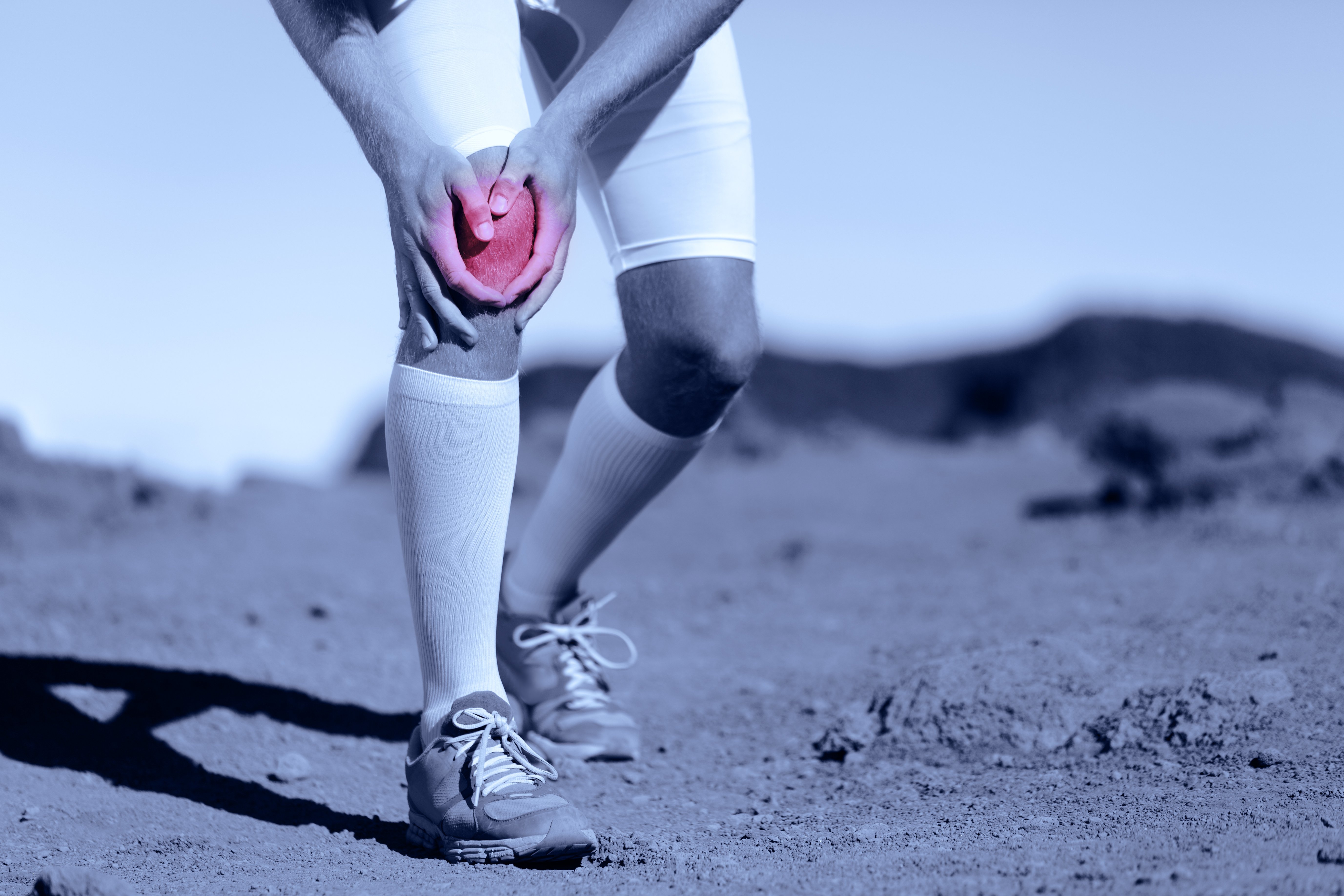
ACL Sprains
Have you ever wondered what an ACL sprain is or experienced it yourself? How do you treat it? In this post we’ll talk about what an ACL sprain is and how we would treat it depending on the sport, whether it being with exercises or other modalities.
Table of Contents

What is an ACL sprain and how can it occur?
An ACL sprain also known as anterior cruciate ligament sprain is when the ACL is overstretched, but not torn. The ACL prevents your tibia (shinbone) from sliding out in front of your femur (thighbone). There are 3 grades of sprains. Grade 1 sprain is when the ligament is mildly damaged. Slightly stretched but is still able to help keep the knee joint stable. Grade 2 sprain is when the ligament is stretched to the point where it becomes loose and there is some tearing. This is often referred to a partial tear of the ligament. Grade 3 sprain is most referred to as a complete tear of the ligament. The ligament is split into two pieces, and the knee joint is unstable. Some examples of mechanism of injury may be:
-
Changing directions rapidly
-
Stopping suddenly
-
Slowing down while running
-
Landing from a jump incorrectly
-
Direct contact/collision
-
Hyperextension and the knee “gives out”
Symptoms
Here is a list of symptoms you may have after an ACL sprain:
-
Pain with swelling
-
Loss of full range of motion
-
Tenderness along the joint line
-
Discomfort while walking
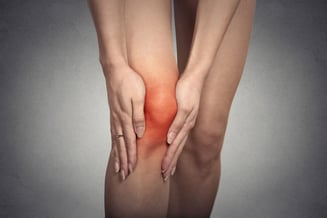
How do you treat an ACL sprain?
Treatment for sprained ACL depends on the severity of the injury and what types of sport the athlete is trying to get back to. Or a patient just trying to get back to their everyday lives. Ways to treat an ACL sprain may be:
-
Nonsurgical – bracing or physical therapy
-
Surgical could mean rebuilding of the ligament
-
Rehabilitation and Physiotherapy – see a physiotherapist
How do you prevent ACL sprains?
There are several ways in which you can prevent or manage ACL sprains. Look at the following list:
-
Good warm-up
-
Stretching
-
Strengthening
-
Sport-specific agility exercises
-
Improving balance
Sport specific exercises
Here are some good exercises for ACL sprains from our physiotherapy and rehabilitation team!
Heel Slides: Start by lying on your back with your knees bent with the soles of your feet on the ground. Then start by slowing extending one leg out. Make sure to fully extend your leg out and press your knee into the ground. Then bring your leg back up to a bent position and repeat.

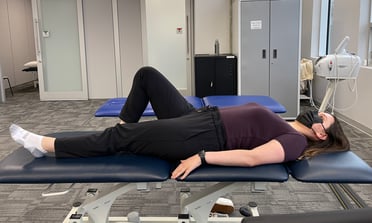
Quad Set: Start by sitting upright on a table or bed. Have your legs bent up with the soles of your feet on the table. Start by slowing extending one leg out straight. At the end try to really push your knee into the table and try to lift your heel off the table.
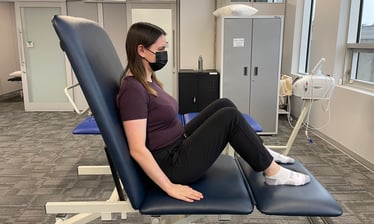
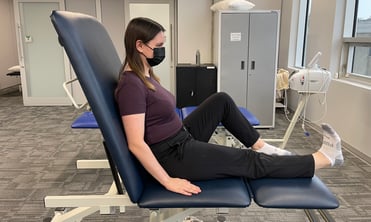
Banded Knee Extension: Start with a band around your thigh just above the knee, but not right on the knee. Have it tied to something stable in front of you. Start with a bent knee, then slowing extend the knee as much as you can, really trying to straighten it fully. Then bring the knee back to neutral in a bent position and repeat.
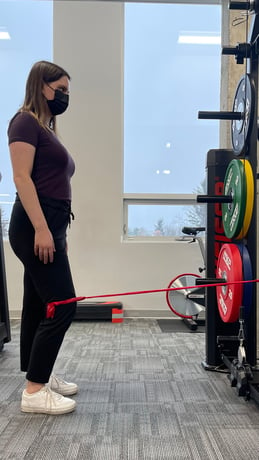
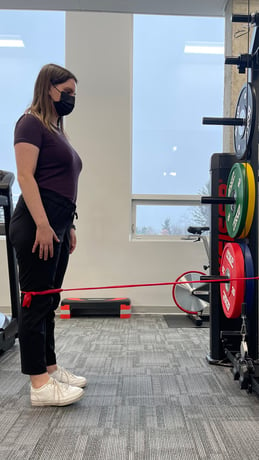
Wall Sits: Start by standing against a wall or something stable. Have your feet about hip width apart and slowing start to squat down to a comfortable position. Remember to keep your knees pointing forward or slightly outwards. We don't want the knees to cave inward. Then from that squat position slowly stand back up to neutral and repeat.
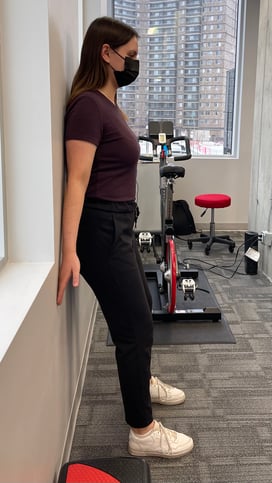
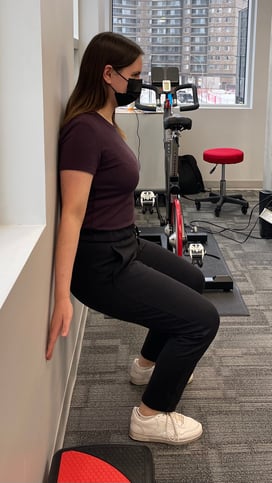
Glute Bridges: Start by lying on your back with your knees bent up and toes pointing to the sky. Tilt your pelvis so your low back is flat against the table. From there push your heels into the table and lift your hips to the sky. Hold for a couple seconds then slowly lower back to the table. Repeat.
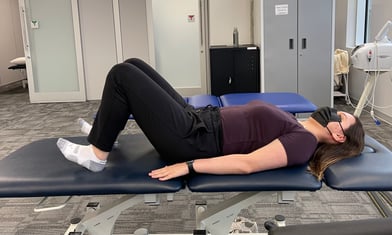

Questions?
We hope you enjoy these exercises. If you need further information on ankle sprains or have any other questions, contact us at our office!
FAQ
"Will I need surgery?"
It depends on the grade of the sprain and if there's a partial or complete tear. Surgery is frequently recommended for very active individuals like athletes or those involved in sports. It is also possible to live with ACL sprains or tears with stretching and strengthening exercises and often a good knee brace.
"What are the signs and symptoms of a possible ACL tear?"
There is usually a "pop", immediate onset of swelling, pain, and instability (buckling or unstable sensation in the knee).
"What does the ACL do?"
The ACL is one of the two ligaments inside the knee joint. The ACL runs from the top surface of the tibia diagonally into the large notch at the end of the femur that prevents the tibia from sliding too far forward underneath the femur. The ACL also prevents over-straightening and excessive pivoting of the femur on the tibia.
